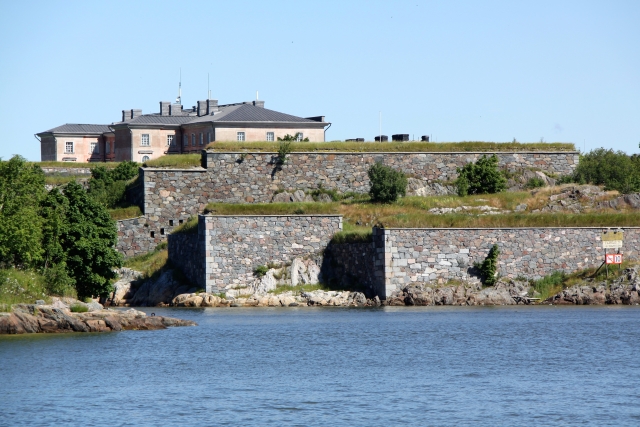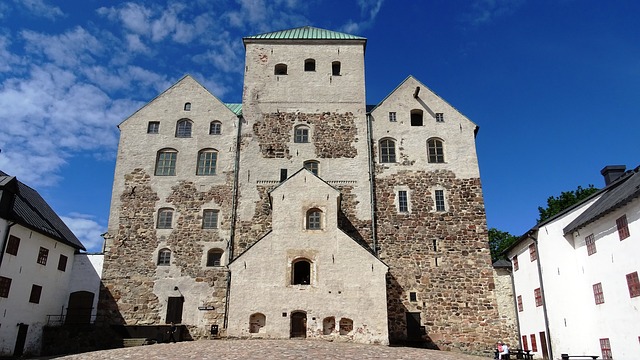Fortress of Suomenlinna: Finland’s Fortress Island Recognized as a World Heritage Site

Finland has a famous landmark called the Fortress of Suomenlinna, built in the 18th century during Swedish rule. It is a structure of great historical value. It is now one of Finland’s most popular tourist destinations, with its star-shaped fortifications, cannons, trenches, and other war sites still intact.
In this article, I would like to introduce the Fortress of Suomenlinna in Finland, a UNESCO World Heritage Site.
What is the Fortress of Suomenlinna?

The Fortress of Suomenlinna is a fortress located about 1.5 km southeast of Helsinki, the capital of Finland. It is also sometimes called Suomenlinna Island or just Suomenlinna. The Fortress of Suomenlinna is built on land connecting six islands off the coast of Helsinki. Surrounded by a massive 7.5-km-long wall, the fortress is also known as the Star Fortress because of its unique star shape when viewed from above.
The reason for building on the star-shaped ramparts was for strategic reasons to avoid blind spots during the defense. This is because the Fortress of Suomenlinna was initially built for defense against the invasion of the Russian Empire. The Fortress of Suomenlinna was built more than 200 years ago, in 1748. It was designed by the Kingdom of Sweden, which ruled Finland then. Suomenlinna was geographically located in the waters between Sweden and the hostile Russian Empire and was an essential base for the defense of the Swedish mainland against the Russian invasion.
Today, the Fortress of Suomenlinna has outgrown its role as a military stronghold during the war. Instead, it has become a popular attraction for Finnish locals and tourists from all over Scandinavia and the world. In 1991, it was registered as a UNESCO World Heritage Site because of its beautiful landscape and architectural style that has remained intact since the 18th century.
History of Suomenlinna
The Fortress of Suomenlinna has a long history of being at the mercy of wars between Sweden, Finland, and the Russian Empire. In the 18th century, Finland was not an independent country as it is today, but it was ruled as a territory of the neighboring Kingdom of Sweden, which led all of northern Europe.
The Fortress of Suomenlinna was also built over 40 years, beginning in 1748, under the leadership of a Swedish military commander named Augustin Ehrensvärd. At the time of its construction, King Frederik I of Sweden gave it the name “Sveaborg,” meaning “Swedish Fortress.”
The purpose of the Fortress of Suomenlinna was to defend the Kingdom of Sweden against the invasion of then-hostile Russia. And so Sweden and Russia engaged in numerous battles in the Fortress of Suomenlinna. However, during the Second Russo-Swedish War, which took place in Finland in 1808-1809, the Russian Empire took over the Fortress of Suomenlinna.
After being annexed by the Russian Empire in 1808, it was used as a military base for the Russian Navy, this time for 110 years until Finland gained independence from Russia. In 1917, the Russian Revolution brought Finland independence from Russian rule. In 1920, after Finland’s independence, the name of the fortress was changed from “Sveaborg” to its current name, “Fortress of Suomenlinna,” which means “Finnish Castle.
Conclusion
The Fortress of Suomenlinna has been the scene of many battles, from Swedish rule, through the occupation of the Russian Empire, to Finland’s independence in 1917.
Today it is one of Finland’s most historical places, used by Finnish citizens to relax and enjoy the green surroundings.




